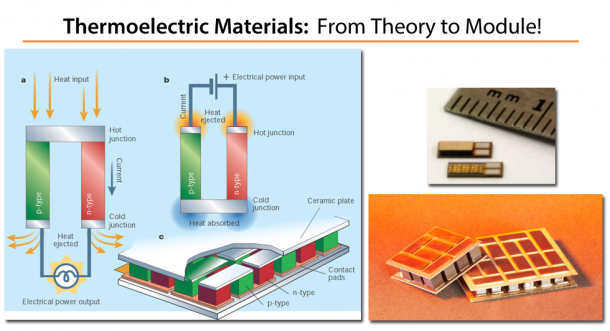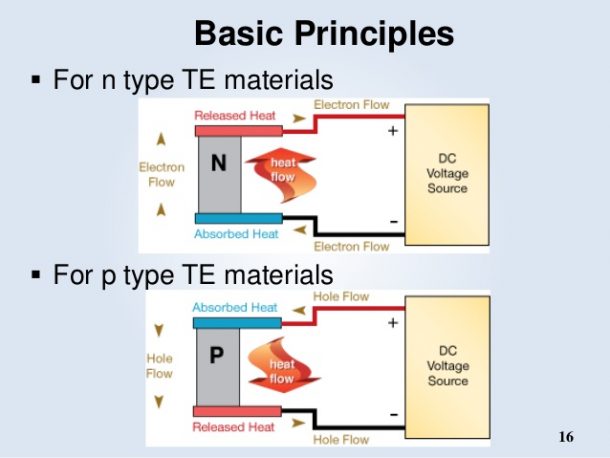Thermoelectricity is also called the Peltier-Seeback effect. It is a two-way process which consists of the direct conversion of temperature differences to electric voltage. Scientists have been researching materials which can efficiently convert the heat to power. New research by MIT has introduced a material which is capable of increasing thermoelectricity potential. The material is five times more efficient and can generate twice the amount of energy as compared to the today’s thermoelectric materials.

Brian Skinner, lead author of the research said, “If everything works out to our wildest dreams, then suddenly, a lot of things that right now are too inefficient to do will become more efficient. You might see in people’s cars little thermoelectric recoverers that take the waste heat your car engine is putting off, and use it to recharge the battery. Or these devices may be put around power plants so that heat that was formerly wasted by your nuclear reactor or coal power plant now gets recovered and put into the electric grid.” A material produces energy which depends on the way its electrons behave in response to the temperature changes. The materials studied by the researchers have produced very limited thermoelectric power because it is difficult to energize electrons through heat.
Skinner and his team tried to solve this issue by turning to topological semimetals which are the new lab-created type of materials. Their configuration can enable heated electrons to jump to higher energy bands. These topological semimetals were successful to have negatively charged electrons jump to higher energy bands but they created particles of positive charge which counteracted the heat which was generated by the electrons. The researchers decided to use another research which said that an increase in thermoelectric generation occurs under very elevated magnetic fields of 35 Tesla. The team used the data from the study to model the new material’s thermoelectric behavior under different temperatures and magnetic fields.

Skinner said, “We eventually figured out that under a strong magnetic field, a funny thing happens, where you could make electrons and holes move in opposite directions. Electrons go toward the cold side, and holes toward the hot side. They work together and, in principle, you could get a bigger and bigger voltage out of the same material just by making the magnetic field stronger.” For some time, these topological semimetals can only produce high thermoelectric properties under high magnetic fields exist in few facilities in the world. The team is now working to make the material extremely clean of counteract the effects and see that the material behave effectively in more realistic circumstances. They are also looking into other suitable materials with similar properties.


